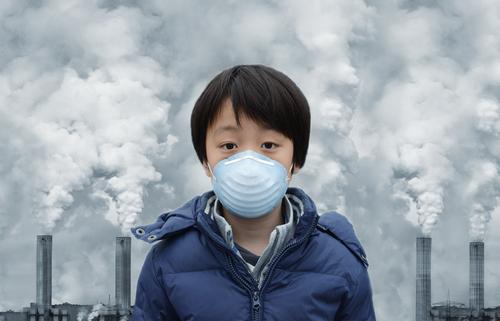
Inside Science reported last week on a presentation at the American Economic Association by Emilia Simeonova with the entrancing title of Congestion Pricing and Children’s Health. New York City ranks 39th in the world, after our fellow cities of Los Angeles (10th) and San Francisco (31st) regarding traffic congestion, at least based on travel times.
Asthma the world’s most common disease for children is not completely understood. As the World Health Organization writes:
The strongest risk factors for developing asthma are a combination of genetic predisposition with environmental exposure to inhaled substances and particles that may provoke allergic reactions or irritate the airways
And among those irritants are air pollution, and this is the connection with congestion pricing. The researchers looked at the effect of congestion pricing on childhood asthma as measured by hospitalizations in Stockholm – Sweden’s busiest and most polluted city, and a city that instituted congestion pricing. They concluded
Our findings indicate that the congestion tax in central Stockholm reduced ambient air pollution by 5 to 10 percent. This policy induced change in pollution has been associated with a significant reduction in the rate of urgent care visits for asthma among children 0 to 5 years of age. [From 18.7 visits/10,000 people to 10 visits/10,000]
Before applying this information in Los Angeles, New York, and San Francisco, we need to point out that pollution from traffic has multiple components, including in this instance the increased use of diesel fuel in Stockholm that generates more pollutants than gasoline. Also, congestion pricing without a suitable substitute for transportation, like trains, buses, and subways, is untenable. Finally, there is an association between asthma and air pollution, but it is complex. According to the Asthma and Allergy Foundation, Los Angeles the most congested city in the US is 52nd in challenging places to live, San Francisco the 31st in worldwide congestion is the best place to live. New York with less congestion than Los Angeles ranks as more challenging. Congestion pricing may provide some unintended benefits for health, but the study once again points out the complexity and interdependence of environment and health.



